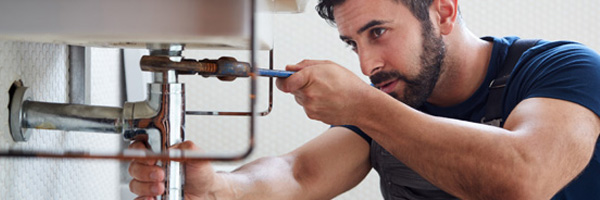
Congratulations! Homeownership is a big step. While you’re getting used to your new responsibilities for home maintenance and upkeep, it’s important to get familiar with water damage risks to your home. When you know the potential risks, you can prevent damage in the first place.
Water damage is messy, costly and can even make your home a hazardous space. If you don’t tend to it quickly, mold and mildew can emerge and damage your drywall, insulation, foundation and more. It’s not only a threat to your home, but mold and mildew can contribute to health issues for you and your family.
Some of the basics we are going to cover about water damage include what can happen and how to prevent it. There are many different ways water can get into the interior of your home. Plus, variables like your location and the age of your home can factor into interior water damage risk.
Types of water damage that can impact your home
Risks inside and outside your home can lead to interior water damage. Here are some of the most common ways you might end up with water in places it shouldn’t be:
Risks from inside the home
The appliances in our homes make our chores more convenient, but pipes that provide indoor plumbing are not always in perfect condition. Drains clog, washing machines and dishwashers overflow, refrigerators leak and sump pumps fail from time to time. You could also experience burst pipes inside if your water pressure is too high.
Whether these incidents were accidental or due to lack of maintenance, your homeowners insurance coverage can vary. For example, many homeowners choose to add water backup coverage to their home insurance because it fits their needs. Talk to your insurance agent to make sure you have ample coverage for these interior water damage risks.
Risks from outside the home
Heavy rain and dropping temperatures can create some of the most common types of water damage that can occur outside your home. Flood damage, backed up sewers, corroded old pipes and burst frozen pipes are just a few examples. While the damage occurs outside, it can be common to have standing water in your basement or first floor. For burst or corroded pipes, you can experience leaks in your ceiling and walls.
Flood damage is not covered by homeowners insurance policies because it is a separate type of insurance. According to the Federal Emergency Management Agency (FEMA), floods can happen anywhere and at any time. They are the most common and costly natural disaster in the U.S.
Talk to your independent insurance agent to discuss flood insurance and your homeowners insurance coverage to make sure you’re protected from these water risks.
Preventative tips to get ahead of interior water damage
There are steps you can take to minimize the risk of interior water damage to your home. Use these simple tips to keep your home in good shape:
1. Follow the user manual of your home appliances.
Over-packing your washing machine or dishwasher can be a recipe for disaster. Be sure to follow the owner’s manual to reduce the risk of flooding or malfunctioning home appliance.
2. Keep your gutters clean.
When your gutters clog, the water flowing through them cannot be directed away from your home’s foundation. Clean your gutters regularly to help keep your foundation dry.
3. Inspect your home for early signs of water damage.
Check the cabinets under your sinks for water damage and keep an eye on your ceiling for water spots that could be indicators of a leaky roof or broken pipes. If you find dried water spots or active dripping, call a professional to prevent further interior water damage.
4. Tend to your sump pump.
If your home has a sump pump, it’s important to inspect it regularly to ensure it’s working properly. Call a professional to provide peace of mind if you’re not sure—it can be the difference between a dry and flooded basement during heavy rain season.
5. Keep your home warm and let faucets drip during cold temperatures.
You can’t prevent temperatures from falling below freezing during winter, but you can keep your thermostat set to 55 or higher to keep your pipes warm. You can also turn on your faucets to a slow drip to prevent freezing pipes. Make sure to set your faucet to warm water.
6. Clear your drains regularly.
An easy way to keep interior water damage at bay is cleaning your drains. Make sure shower, bathtub and sink drains are cleared regularly to avoid backups that can easily turn into indoor floods.
7. Inspect old pipes.
Schedule regular home plumbing inspections or complete them yourself if you know how. Old homes with older plumbing systems require a watchful eye to get ahead of costly damage.
Talk to your agent about coverage options
Now that you know some of the ways interior water damage can happen in your home, you can take a look at your homeowners insurance coverage to make sure you have the right protection.
Are you interested in adding flood insurance or additional coverage to your homeowners insurance policy? Talk to AIS today to explore your options to protect your home.
This article is for informational and suggestion purposes only. Implementing these suggestions does not guarantee coverage. If any policy coverage descriptions in this article conflict with the language in the policy, the language in the policy applies. For full details on Grange’s home insurance coverages and discounts, contact AIS.
Sources: - FEMA
